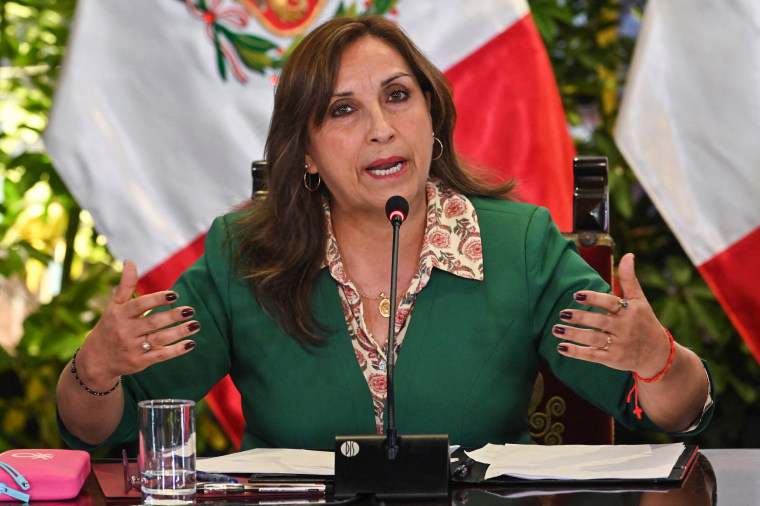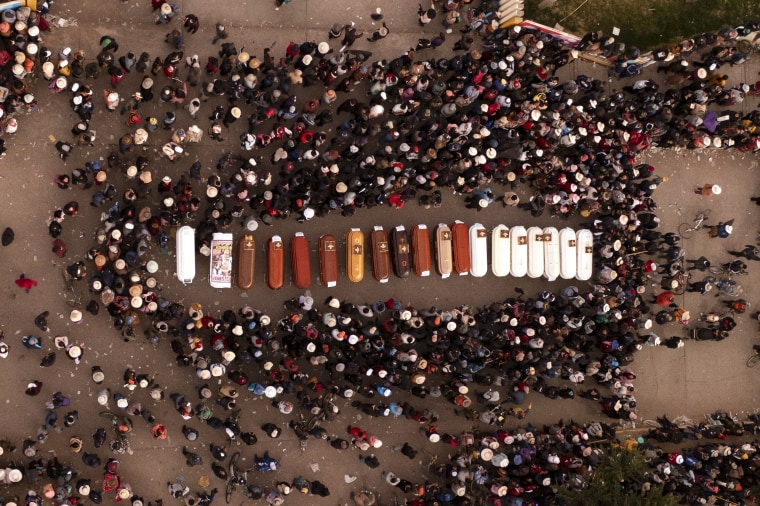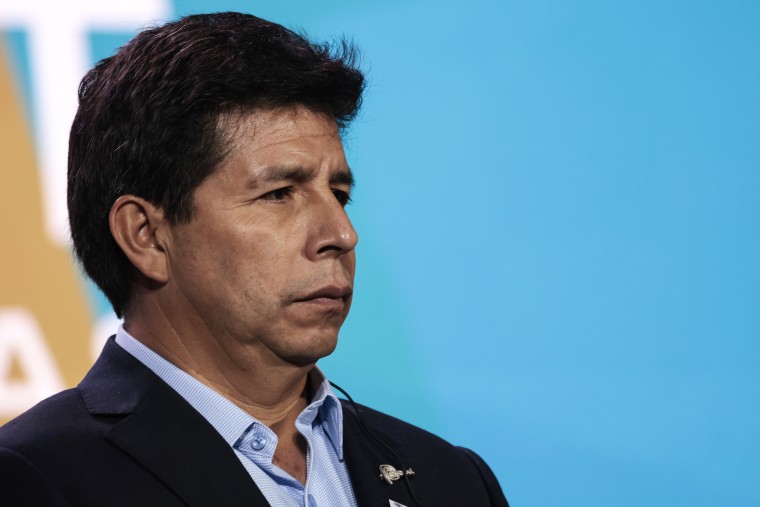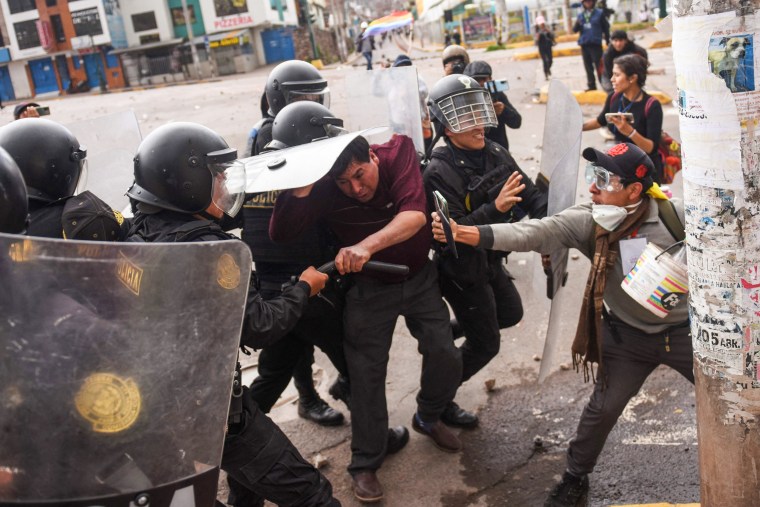What’s behind the violence, protests in Peru?
At least 40 people have died in clashes between Peruvian security forces and protesters in the Andean country’s worst outbreak of violence in over 20 years, as demonstrators call for systemic political changes and accountability for the deaths.
What sparked the protests?
Protests began after Congress removed President Pedro Castillo on Dec. 7, who was arrested and sentenced to 18 months of pre-trial detention on rebellion charges.
Castillo, 53, was embroiled in multiple corruption investigations and tried to illegally dissolve Congress ahead of a planned impeachment vote.
His removal was the latest blow in a years-long clash between Peru’s executive and legislature. Castillo’s vice president, Dina Boluarte, ascended to the job as Peru’s sixth president in five years.
What’s fueling the protests?

Protesters are demanding Boluarte’s resignation, Congress’ closure, a new constitution and Castillo’s release. There have also been marches calling for an end to the unrest.
Allegations of undue force against protesters have fueled anger against Boluarte’s government. Human rights groups have accused authorities of using firearms on protesters and dropping smoke bombs from helicopters. The army says protesters have used weapons and homemade explosives.
Peru’s top prosecutor’s office on Jan. 10 said it launched an inquiry into Boluarte and members of her cabinet on charges of “genocide, qualified homicide and serious injuries” amid the protests.
What is happening at the protests?

Protesters have blockaded highways, set buildings on fire, and invaded airports, causing tens of millions of dollars in damage and lost revenue. Blockades have disrupted trade, grounded flights and stranded tourists.
Security forces have responded with violence. Victims have included civilians who were not protesting.
The Inter-American Commission on Human Rights has condemned violence by both security forces and protesters and called for dialogue. Protesters have so far refused to start talks with Boluarte.
Who is Pedro Castillo?

Voters elected Castillo, a socialist, from a crowded field of candidates in 2021, following years of political crises and during a pandemic that hit Peru harder than most countries.
A little-known teacher and union leader from a poor Andean village, Castillo had no experience in elected office or ties to the Lima establishment.
Castillo’s supporters had high hopes he could bring better representation to poor, rural and indigenous Peruvians while standing up to elites.
Once in office, however, his support tumbled amid corruption scandals, party infighting, and congressional opposition. Castillo struggled to govern, naming five prime ministers and more than 80 ministers during his short presidency.
Still, Castillo retained supporters, who see him as a victim of political elites and a Congress that is widely unpopular and considered corrupt. Castillo’s 27% approval rating in a November IPSOS poll was still higher than Congress’ 18%.
Where are the protests?

Protests have occurred nationwide, but Peru’s long marginalized, left-leaning south has been their epicenter and the site of the worst violence.
The largely indigenous region has for centuries been at odds with the more mestizo and whiter capital, which long dominated national politics. Castillo was just the second president born outside of Lima to be elected since 1956.
Although poverty fell in recent decades, a gap in living standards persists between the region and the capital. Despite local copper and gas wealth in the south, indicators including life expectancy and infant mortality lag those in Lima.
Peru’s south is also home to economically and culturally important tourist destinations such as Cusco and the nearby Inca citadel of Machu Picchu, from where over 2,000 tourists had to be evacuated in early January due to protests.
Source link
from World eNews Online https://ift.tt/Ee6qNuo
via World enews
Labels: news, World eNews Online, worldnews



0 Comments:
Post a Comment
Subscribe to Post Comments [Atom]
<< Home